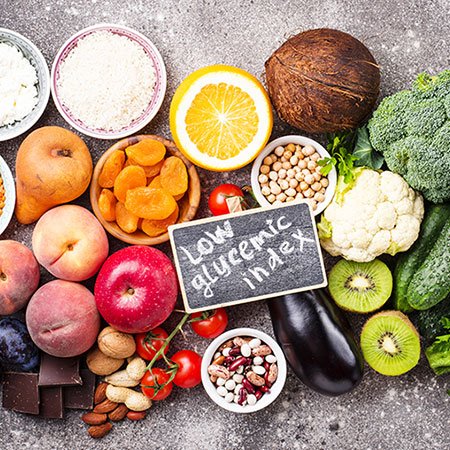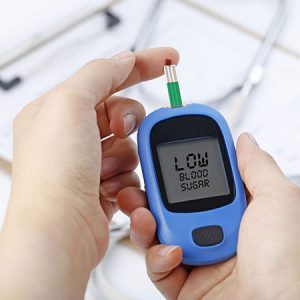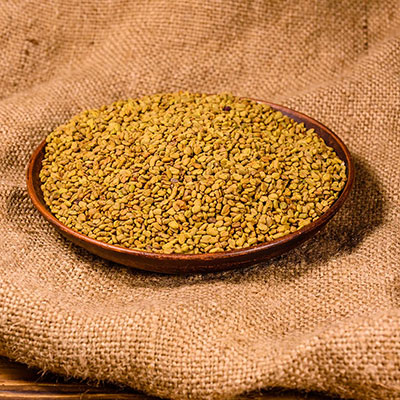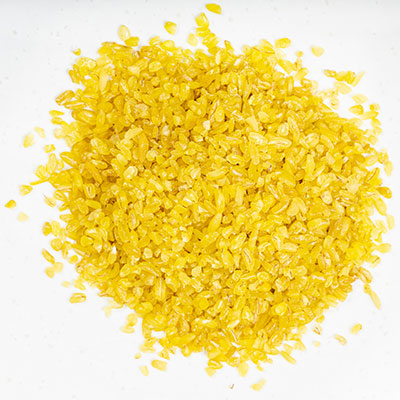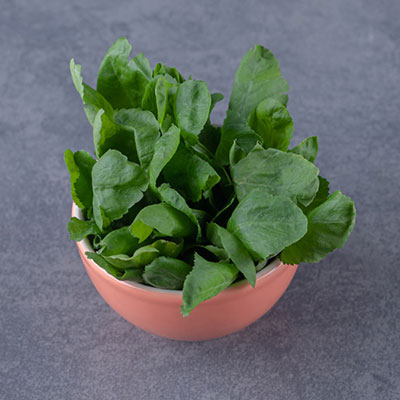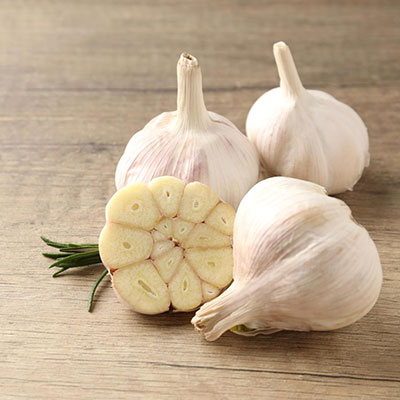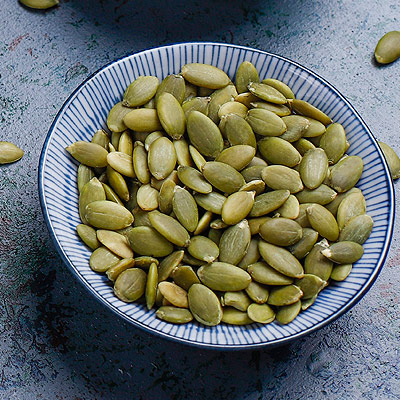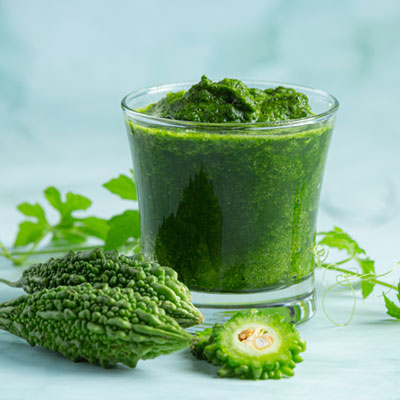The GI index, or Glycemic index is the ranking given to foods based on how slow or fast they impact blood sugar levels in the body. This ranking is very important especially for people who suffer from Type II diabetes. By eating foods that have low GI index will help you control glucose levels and prevent them to rise abruptly in the blood. Learning about the GI index of the carbs you consume, will help in determination of meals that keeps blood glucose levels within a permissible range. This talk will give you more knowledge about importance of GI index and how you can use it to keep your blood sugar levels in control.
Introduction to Glycemic Index
When you eat any food, the carbs present in it convert into sugar, and get mixed with bloodstream. This causes rise in the blood sugar levels. Some foods have the property to quickly raise blood sugar in the body, while others do it slowly.
The speed at which foods raise the level of blood sugar is determined by the Glycemic Index. It is a form of rating system that ranks food on a scale of 1 to 100 depending upon how much they increase glucose levels in the bloodstream. GI Index is a simple, and an easy means to analyze what enters into the body. It also aids you in selecting healthier alternatives for daily meals.
Foods that have low levels of Glycemic index are helpful for people who have more than permissible amount of sugar in their body. Where foods with low GI index helps in reducing weight, high GI foods assists in replenishing energy to recover after exercise.
Processed foods that includes sweet foods, fermented foods like bread, sweetened fruit drinks, etc. have a high GI. On the other hand, whole foods that includes starchy vegetables, fruits, and unrefined grains have a low GI. In these foods, carbs get digested, and metabolized at a slow rate in comparison to their high-GI counterparts. They cause a slow release in blood glucose and, insulin levels in the body.
The classification of foods on the basis of GI index is effective for prevention and cure of certain diseases like diabetes. Diets that have low GI foods improve the serum lipid profile and regulate weight in a person. These foods are associated with large amounts of high-density cholesterol that reduces the potential chances of developing cardiovascular ailments, and diabetes.
On what factors does Glycemic Index value depends?
The GI value of a food varies on the basis of various factors that includes the ripeness of the food, the cooking method, and the extent of processing. It is the average blood sugar of a person in response to a specific carbohydrate.
Depending on the above factors, the GI values are broken down into mainly three different ranges. A low GI food has a value between 1 to 55. It has lowest increase in the glucose levels in the blood. Medium GI foods falls in the range of 56 to 69 and High GI foods have a value of 70 to 100. It has the maximum impact on blood sugar and causes an abrupt increase in it. This food is strictly not advisable for diabetics.
Interesting thing to note is that two foods can have the same GI but their nutritional content can be different. This implies that while you are choosing foods to eat, the GI value of brown rice and chocolate ice cream is both 68, however the former is more nutritious than the latter. So, along with GI content, nutrition is an important criterion when choosing the right food.
Though low GI foods are healthy, but like any other food, it should be eaten in moderate amounts. You need to know that the GI value of whole and raw fruit is less than the value of cooked, sliced or mashed form of fruit. So, the right way to add any fruit or vegetable to your diet is in its whole form. The more you slice it, or process it, the more its GI value increases.
List of foods with their Glycemic Index values
GI index lets you find the healthy food that would not cause any sudden spike in your bloodstream. Here is the approximate GI value of different foods.
1. Fruits
| Grapefruit | 25 |
| Apple, raw | 37 |
| Pear, raw | 38 |
| Apple juice | 42 |
| Raw form of Dates | 41 |
| Orange | 45 |
| Canned Peaches | 46 |
| Strawberry jam | 51 |
| Orange juice | 52 |
| Banana | 53 |
| Mango | 54 |
| Grapes | 59 |
| Pineapple | 65 |
| Raisins | 64 |
| Watermelon | 78 |
2. Vegetables
| Boiled Carrots | 41 |
| Vegetable soup | 52 |
| Parsnips | 52 |
| Green peas | 51 |
| Green banana | 58 |
| Fried Potato | 66 |
| Boiled sweet potato | 67 |
| Boiled Pumpkin | 70 |
| Boiled Potato | 85 |
| Mashed form of potato | 91 |
3. High-Carbohydrate Foods
| Barley | 30 |
| Corn Tortilla | 48 |
| Spaghetti | 52 |
| Chapati | 55 |
| Sweet corn | 57 |
| Specialty Grain Bread | 55 |
| Noodles | 59 |
| Oatmeal | 55 |
| White Rice | 67 |
| Boiled Brown Rice | 69 |
| Boiled White Rice | 76 |
| Whole Wheat Bread | 76 |
| White Wheat Bread | 77 |
4. Breakfast Cereals
| Quinoa | 53 |
| Oats Porridge | 57 |
| Millet porridge | 70 |
| Rice porridge | 84 |
| Muesli | 59 |
| Wheat biscuits | 71 |
| Cornflakes | 84 |
5. Dairy Products
| Soy milk | 36 |
| Skimmed Milk | 40 |
| Full fat milk | 42 |
| Yogurt | 42 |
| Ice cream | 53 |
6. Legumes
| Peanuts | 7 |
| Kidney beans | 26 |
| Salted Cashews | 27 |
| Soya beans | 17 |
| Chickpeas | 35 |
| Lentils | 34 |
| Black beans | 30 |
| Baked beans | 40 |
| Black-eye peas | 33 |
7. Snacks
| Chocolate | 42 |
| Salted or plain corn chips | 42 |
| Potato chips | 51 |
| Rice crisps | 90 |
| Soft drink or carbonated beverages | 62 |
| Popcorn | 67 |
| Baked Pretzels | 83 |
Importance of Glycemic Load in the management of Diabetes
Carbohydrate is the key element that increases the value of blood sugar in the body. So, for people who suffers from diabetes, it is very important to learn the GI value of the food before they include it in their plate. This information will help them distinguish the healthy and unhealthy foods as per their body composition. It is the very important for efficient management of glucose in the body.
As all carbs impact the blood sugar levels in a different way, learning about which carbs have low GI index, is beneficial in determining the meal and its portion size effectively. You should not completely discard high GI foods, as occasional eating in low amounts will not cause rapid changes in your blood sugar levels.
All it needs is to be aware of the GI value of foods, and include them in ratio that balances the carb content in your entire meal. Normally, a diabetic should aim for a low GI diet, that should include more of fruits, whole grains, legumes, and vegetables, as against the high-GI foods that comprise of more processed foods ones.
Based on your fitness objectives, you can follow a GI-based diet. By being more mindful of available carb choices and their individual carb content, you will be less dependent on calorie count of your food/ restricted portion control.
Meanwhile, Here are few important benefits of Black Seed Oil that you must know.
What factors changes the value of Glycemic Index of a food?
The GI value of a particular food can vary depending on the way you cook it, or eat it. For example, a fruit can originally have a low GI value, but if you eat in a juice form, or cut into slices, then its GI value increases. Eating it in good amounts, thinking that it won’t spike your blood sugar levels is not correct. Thus, the processing of food should be considered at the time of designing a meal.
- Cooking time : This is one key factor that changes the Glycemic index of a food. If you cook a food item for long time, then it increases its GI value. That is the reason it is preferred to eat raw foods over processed form of foods. Steaming a food has low GI value than a cooked or fried food. So, if possible, eat the food in lightly cooked state.
- Preparation : This is second important factor that can change the GI Index. Sweetened fruit juices with added preservatives, taste, and color, are unhealthy and have high GI compared to freshly prepared fruit juices without sugar. Addition of acids such as lemon juice, fats, vinegar, and olive oil can all help in lowering the GI value of foods
- Ripeness : A ripe fruit has more GI value than its unripe form. In other words, the GI value increases with the ripeness of a fruit. So, a ripe fruit can be bad for your blood sugar levels.
- Way of consumption : The way in which you consume a food can also change its GI value. Eating a raw apple will lead to a different GI than when eaten with high GI food like peanut butter. If you want to eat a high carb food, you can eat it occasionally by combining it with low GI foods that includes fruits, and vegetable salads, etc.
- Order in which you eat carbs : It is suggested that the manner in which you eat your meal determines the way in which it will impact your blood sugar. According to a few studies consuming fat, and protein before consuming carbohydrates will lower the release of blood sugar.
It is also important to note, that the body composition of every person is different. So, the manner in which one food affects your unique body constitution and blood sugar varies from one person to another. Your age, activity level, metabolism efficiency, and existing illnesses can all impact the manner in which your body will react to carbohydrates.
Glycemic Load and a Good Diet
The Glycemic Index of a food should not be the sole criteria to mark a food as “super healthy”. There are other factors such as vitamins, calories, and minerals that should also be considered. A quick example is of potato chips that shows low GI value than green peas, and oatmeal. But is the former healthier, than the later ones? No.
So, GI index is only an indication of the rate at which carbs will release sugar in the blood. However, to find the actual nutrition value of the food, you will need to consider about its vitamins, minerals, fat, and protein content.
Portion sizes also matter a lot. If you eat low GI foods in more amounts, then it can have the same effect as that of a high GI food. So, balancing your carb intake is also very important no matter how healthier the carb is.
Glycemic load is basically a number that considers the amount of a specific food that you are planning to eat along with its glycemic index.
GL = GI value x amount of food (in grams) of available carb food per serving
A GL value of 10 is considered to be low; and GL value of 20 is considered to be high.
Here is how you can prepare a low glycemic load:
- Consume more amount of whole grains, legumes, nuts, vegetables, and fruits in your diet. Make sure they do not have starch in it. Combine these foods with varieties of low GI foods.
- Include fewer foods that have a high GI Index, that includes white rice, white bread, and potatoes,
- Include less amounts of sugary foods, such as cookies, candy, sweetened beverages, and cakes.
- Eat smaller portions, of high GI foods and counterbalance them with low-GI, and nutritious foods.
How to test the impact of food on your blood sugar?
The most trusted method to examine the way your body is impacted by specific foods is by testing your blood sugar after two hours of eating a meal. An average person will have blood sugar of below 180mg/dL post two hours of consumption of meal. If after consumption of certain foods, you find that the value reaches beyond this limit, then you need to cut down on them. It is advised to talk to your doctor, to know what foods are beneficial for your health.
Conclusion
Understanding about the Glycemic Index of foods is a good tool to count the carbs and keep your blood sugar levels within control. You need to also know that GI index should be used along with other lifestyle modifications that includes a well-balanced diet, practice portion control, and regular exercise.
If you liked this post, then do share it with your friends on social media. Also, you can write to us any of your queries, suggestions, and comments. We will be happy to address them soon.
